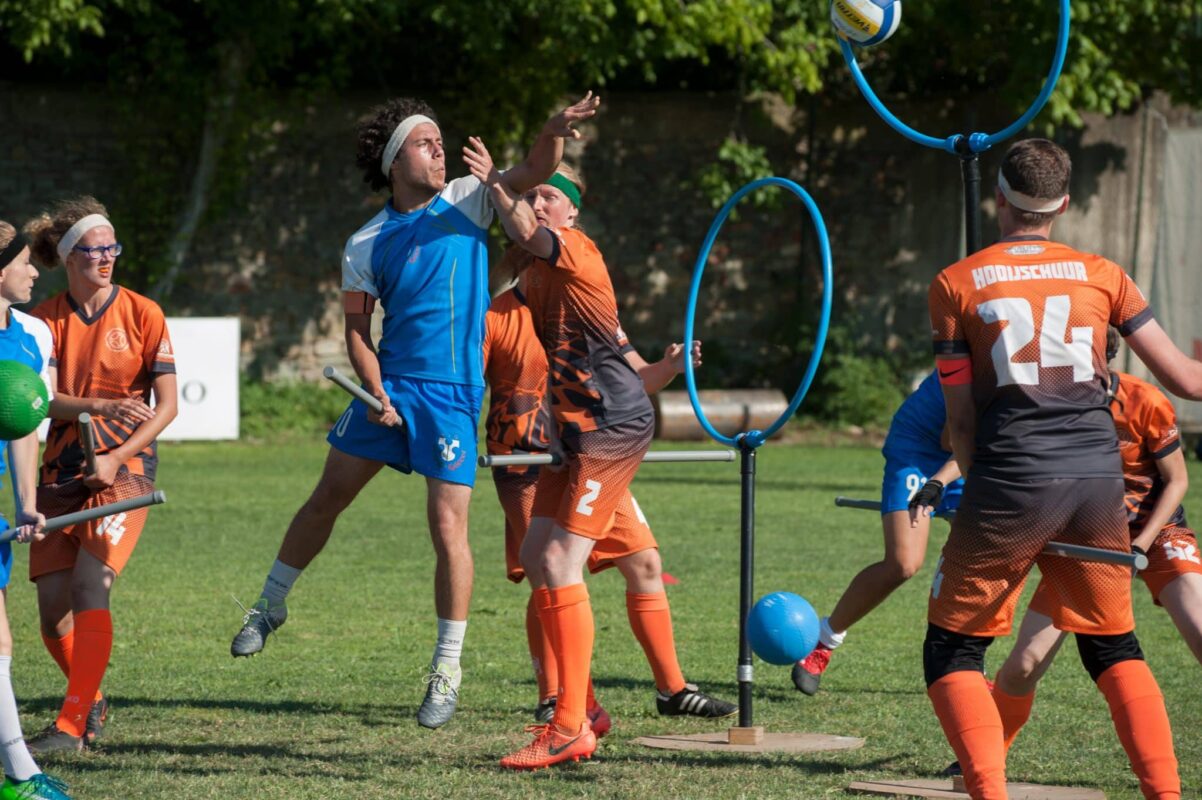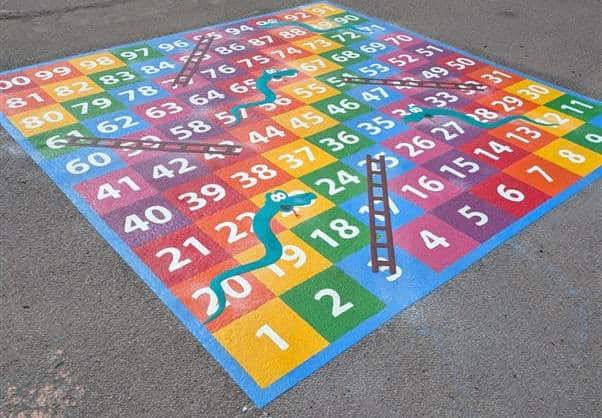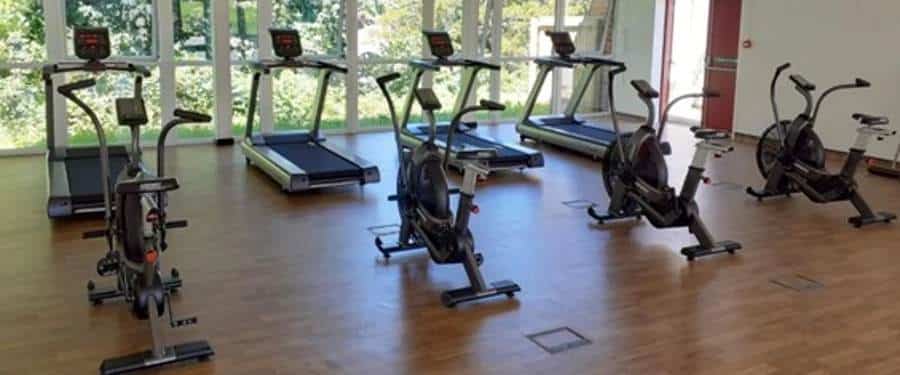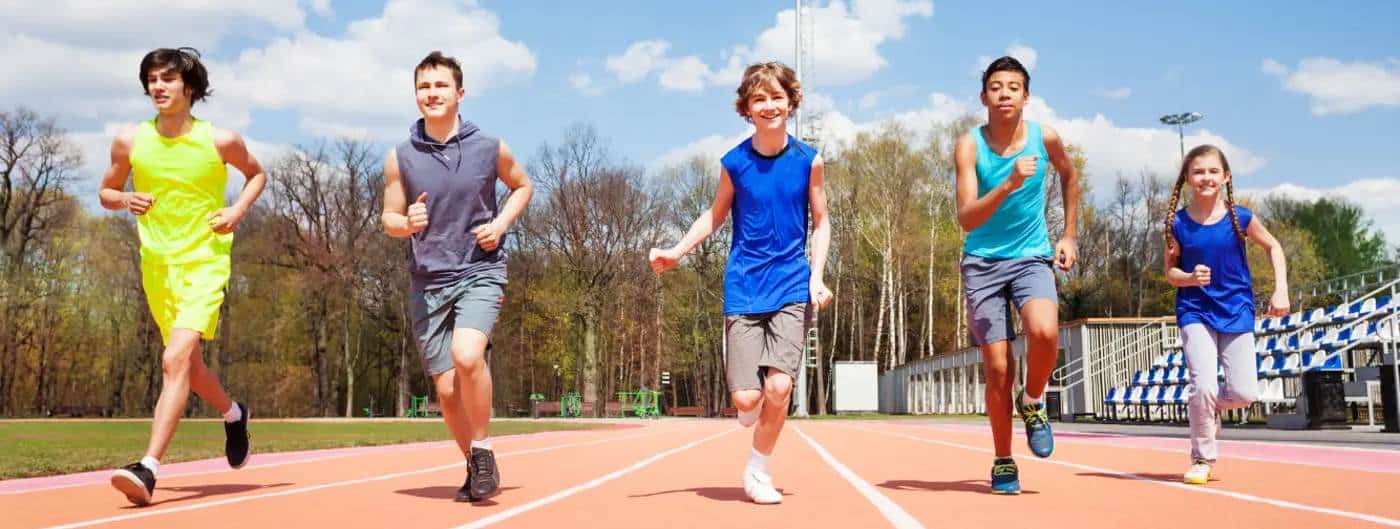[row]
[col span__sm=”12″]
[row_inner]
[col_inner span=”6″ span__sm=”12″ divider=”true” padding=”0px 0px 0px 0px” margin=”0px 0px 0px 0px”]
[ux_text class=”article-intro”]
Sport, exercise and physical activity are known to be vital components of a balanced school day – pupils and students have bodies as well as minds, working symbiotically and both needing attention for the good of the whole being.
“Sport has the potential to improve a child’s body and mind and raise the quality of their education. Crucially, it improves their health, helping to stave off problems like heart disease, diabetes and obesity. Learning about the links between exercise and health at an early age will pay huge dividends later in life.”
Every sport brings its benefits but variety is also key, especially in the physically and psychologically formative years. Primary schools try to incorporate variety into their PE curriculum, whilst secondary and tertiary schools and colleges (budget and facilities depending) do their best to offer multiple core essentials such as Football, Netball, Hockey, Athletics, Swimming, Rounders, Trampolining and Fitness Suite. The phrase ‘Variety is the Spice of Life’ is not just hot air! Here are some reasons why it is important to give your students a range of sport, PE and activity options.
[/ux_text]
[/col_inner]
[col_inner span=”6″ span__sm=”12″]
Whole Body Fitness and Safety
‘There are three different muscle types in the human body – skeletal, smooth and cardiac. Skeletal muscle alone accounts for over 650 different muscles.’
Just moving your shoulders, arms, wrists and hands involves quite a few!
- Trapezius: This muscle is used for several movements, including tilting your head back, raising your shoulders, and moving your shoulder blades together.
- Pectoralis major: The pectoralis major is located in your upper chest and is utilized for rotational, vertical, and lateral movements of your arm.
- Deltoid: The deltoid works to lift or rotate your arm at the shoulder.
- Biceps brachii: The biceps brachii flexes the forearm. When this happens, your elbow bends.
- Triceps brachii: The triceps brachii extends the forearm, straightening the elbow.
[/col_inner]
[/row_inner]
[/col]
[/row]
[row]
[col span=”6″ span__sm=”12″ divider=”true”]
As muscles are designed to do a job and need to work to stay healthy, variety in sport and activity means that there is a chance of more muscles getting their required workout. This inevitably supports the chance of a healthier, fitter, stronger body overall.
What is more, enabling the body to keep as many muscle groups as possible in good form, is likely to reduce the likelihood of injury and strain whilst also maintaining progress in fitness. Not only can muscle groups support each other in a balanced body but focus on a holistic approach to exercise will also prevent the damage that can be caused by too much repetitive use of just one technique or skill.
‘Adaptive resistance is when you have done an exercise over a long period of time, and your body no longer responds to it…same exercise for a prolonged period of time, you use the same muscles in the same pattern/angle, which causes more wear and tear on the same soft tissue structures…if you rotate exercises or activity every so often, your injury risk will decrease…two to three variations should be chosen for each muscle or movement.’
Boredom, Confidence, Friendships
However much a student may love Football or Swimming, they can also learn new skills, grow their confidence and expand their friendship or teamwork groups by participating in other activities too. For those who are naturally good at sport or who already have an open mindset, this variety will extend their experiences and opportunities, propelling them further along their successful path. ‘Lewis Hamilton, for example, enjoyed cricket at school and has even claimed that if he hadn’t had such success in motor sports, he would have pursued a career in football.’
For those who lack confidence in sport, social interaction and new learning situations, this variety nudges them into trying different things and maybe even finding something they can enjoy and succeed in.
‘Our primary objective is to get all our students involved in sports and other activities by encouraging them to try out a number of different clubs. The students will be given a card, which will be signed by the leader of each new club they attend. Once they’ve received five signatures, they are entered into a prize draw. We expect the scheme will help to motivate more children to have a go, even those who have shown little interest in participation in the past…
…Last year, we had a couple of boys who were often disruptive in class and showed no interest in sport. When the opportunity to enter the BSKC came up, they were instantly very keen to be involved. Most crucially, involvement in karting has had a massive effect on all the participants’ self-confidence. The students have grown as individuals and are more willing to put real effort into everything they try. It is testament to the importance of offering a wide variety of sports as part of your PE curriculum.’
The Meaning of Life
The whole point of education (contrary to obsession with data and exam results) is surely to educate for Life – give pupils and students the skills and knowledge to find out who they are, what they enjoy, what they are good at, how they can make the best of their lives, and how they can contribute to society.
[ux_banner height=”549px” height__sm=”600px” bg=”18661″ bg_size=”original” bg_color=”rgba(0, 0, 0, 0)”]
[text_box width=”77″ width__sm=”86″ position_x=”50″ position_y=”90″]
[ux_text font_size=”0.75″ line_height=”1.55″ text_align=”center”]
‘By exposing children to different sports, you can significantly increase the chances of them finding an individual talent or interest.’
[/ux_text]
[/text_box]
[/ux_banner]
For some, this journey of self-discovery will follow an academic, creative, technical, social or practical path; for others, their eureka moment will emerge through sport. The trick for schools is to provide the opportunities that lead to those moments.
‘Football, cricket and athletics are the “bedrock” of school sport but new sports must be encouraged in a bid to make teenagers exercise more…Figures from the Department for Education and Skills show that schools offering a more unusual curriculum for PE – such as golf, cycling and archery – have led to a boost in popularity of sport.’
Maybe it is time occasionally to turn the spotlight on more unusual activities such as Quidditch, Archery, Disc Golf, Circus Arts, Fencing, Futsal, Table Tennis, Field Hockey, Skating, Water Polo, Unicycle Hockey, Climbing! Fun to try, whatever the outcome!
[ux_banner height=”298px” height__sm=”600px” bg=”18661″ bg_size=”original” bg_color=”rgba(0, 0, 0, 0)”]
[text_box width=”77″ width__sm=”86″ position_x=”50″ position_y=”90″]
[ux_text font_size=”0.75″ line_height=”1.55″ text_align=”center”]
‘To find a sport you child loves, sometimes you have to think outside the box’
[/ux_text]
[/text_box]
[/ux_banner]
[/col]
[col span=”6″ span__sm=”12″ divider=”0″ align=”center” bg_color=”rgb(255,255,255)” class=”article-stick”]
[section padding=”0px”]
For a better experience,
you can try these…
[ux_product_categories style=”default” type=”row” width=”full-width” columns=”2″ ids=”285,64,131,83,100,155,61,338,206,227″]
[/section]
[/col]
[/row]
[row padding=”0px 0px 0px 0px”]
[col span__sm=”12″]
[ux_banner height=”534px” bg=”23011″ bg_overlay=”rgba(0, 0, 0, 0.36)”]
[text_box width=”75″ padding=”0px 0px 0px 0px” position_x=”10″ position_y=”90″ text_depth=”5″ visibility=”hide-for-medium”]
[ux_text text_align=”center”]
Inclusivity
Being open-minded to offering pupils and students access to a variety of sport and activities has the added advantage of also broadening your scope for inclusivity.
[/ux_text]
[/text_box]
[text_box width=”51″ width__md=”60″ padding=”0px 0px 0px 15px” position_x=”0″ position_x__md=”20″ position_y=”100″ text_depth=”5″ visibility=”show-for-medium hide-for-small”]
[ux_text text_align=”left” text_align__md=”center”]
Inclusivity
Being open-minded to offering pupils and students access to a variety of sport and activities has the added advantage of also broadening your scope for inclusivity.
[/ux_text]
[/text_box]
[text_box width=”51″ width__sm=”96″ padding=”0px 0px 0px 15px” position_x=”0″ position_y=”100″ text_depth=”5″ visibility=”show-for-small”]
[ux_text text_align=”left”]
Inclusivity
Being open-minded to offering pupils and students access to a variety of sport and activities has the added advantage of also broadening your scope for inclusivity.
[/ux_text]
[/text_box]
[/ux_banner]
[/col]
[col span__sm=”12″]
[row_inner]
[col_inner span=”6″ span__sm=”12″ divider=”true” padding=”0px 0px 0px 0px” margin=”0px 0px 0px 0px”]
Children have an unfortunate tendency to injure themselves in their daily adventures and explorations – ‘Whether from falling or kidding around, 40 to 50 percent of children experience a fracture of some kind.’
Other children, for various reasons, may have a more long term difficulty accessing school sports and activity provision. Demoralising and frustrating for them, whilst also a missed opportunity for the school to support every child’s learning potential and wellbeing. If the school has an embedded commitment to variety in sport then, hopefully, the chances of inclusivity for everyone will be higher.
For example, children with an injury to the upper body should be able to enjoy activities (carefully) that focus on the lower body:
- Dancing: Be inspired by a motion-controlled video game—just be careful on spacing if more than one child is dancing.
- Footwork Drills: While soccer practice and games are likely out, they can still use their feet to practice dribbling, passing, and shooting the ball.
- Swimming: As long as the cast is waterproof, this is a great activity for a kid with a cast. A kickboard can help make up for the arm that’s out of commission.
- Walking or Hiking on smooth terrain
[/col_inner]
[col_inner span=”6″ span__sm=”12″]
If the child’s injury is to the lower body, some active ideas that might be allowed include the following:
- Swimming: If the cast is waterproof or there is suitable assistance
- Walking: Possibly with crutches or a cane. Walking with crutches takes some practice, but will build upper-body strength.
- Gardening: surprisingly active and good exercise as well as a new learning environment
- Leisure activities: Full-body, but low-impact, activities such as Bowling, Badminton, miniature Golf or putting practice
- Yoga: Yoga of the “restorative” or “seated” variety or simple stretching
- Upper body skills practice: These include shooting baskets, playing catch or throwing a ball at a target (all can be done from a chair or wheel chair, if necessary), bouncing a Tennis ball up or down with a racquet.
[ux_banner height=”507px” height__sm=”600px” bg=”18661″ bg_size=”original” bg_color=”rgba(0, 0, 0, 0)”]
[text_box width=”77″ width__sm=”86″ position_x=”50″ position_y=”90″]
[ux_text font_size=”0.75″ line_height=”1.55″ text_align=”center”]
‘The secret of happiness is variety, but the secret of variety, like the secret of all spices, is knowing when to use it’
Daniel Gilbert
[/ux_text]
[/text_box]
[/ux_banner]
[/col_inner]
[/row_inner]
[/col]
[/row]





